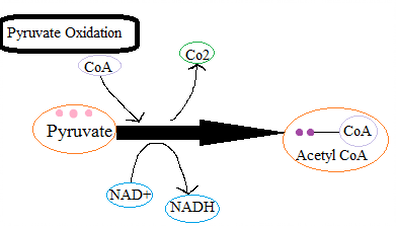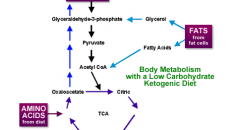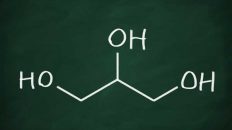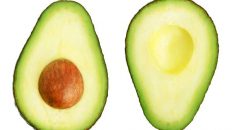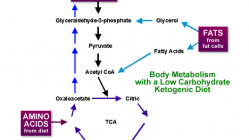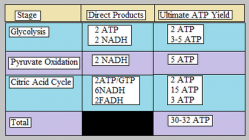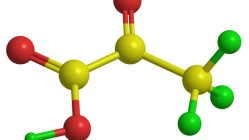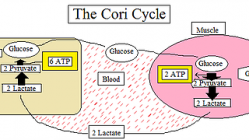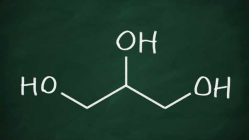As glycolysis finishes, we are now given two molecules of pyruvate which will undergo oxidation as the second part of cellular respiration. Although no ATP are made in this stage, this phase is extremely important in the continuation of cellular respiration. Pyruvate oxidation takes place in the matrix of the mitochondria (*although we finished glycolysis at the cell’s cytoplasm, we now move to the cells matrix, the innermost part of the mitochondria, to begin the oxidation of pyruvate).
For pyruvate to enter the cell’s matrix and begin pyruvate oxidation, a three-step process must take place.
1. Once glycolysis finishes and pyruvate is created, a carboxyl group is taken from the newly formed pyruvate and released as a carbon dioxide molecule which leaves behind a two-carbon molecule.
*Carboxyl Group: A carbon atom double-bonded to an oxygen and single-bonded to a hydroxyl group; found in amino acids, proteins, fatty acids, acetic acids, etc.
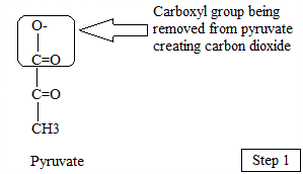
2. This now new two-carbon molecule is oxidized meaning it loses electrons. These electrons that are lost are now picked up by NAD+ to form NADH.
* NAD+: An electron carrier and is eventually reduced to NADH
*NADH: A molecule that will eventually transport electrons to the mitochondria of a cell where it can gather energy stored in the electrons
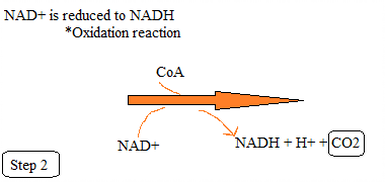
3. Finally, the newly oxidized two-carbon molecule becomes attached to Coenzyme A to form Acetyl CoA. Acetyl CoA in this scenario is a carrier molecule and thus carries the acetyl group into the Krebs Cycle.
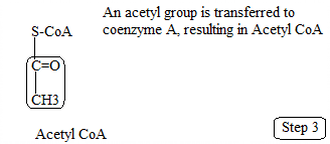
SUMMARY OF PYRUVATE OXIDATION
The two molecules of pyruvate formed at the end of glycolysis are made into two molecules of acetyl CoA by the breaking from two carbons- these are released as carbon dioxide. These carbon dioxide molecules attach to Coenzyme A to create Acetyl CoA; in this scenario Acetyl CoA is used as fuel in the next stage, which is the Krebs Cycle, of cellular respiration. 2 NADH are created from NAD+ via reduction thanks to the oxidation of pyruvate to Acetyl CoA (AKA this oxidation is why NAD+ can be reduced to NADH; leftover H+ ions from the breaking of pyruvate allow for the creation of NADH.)
